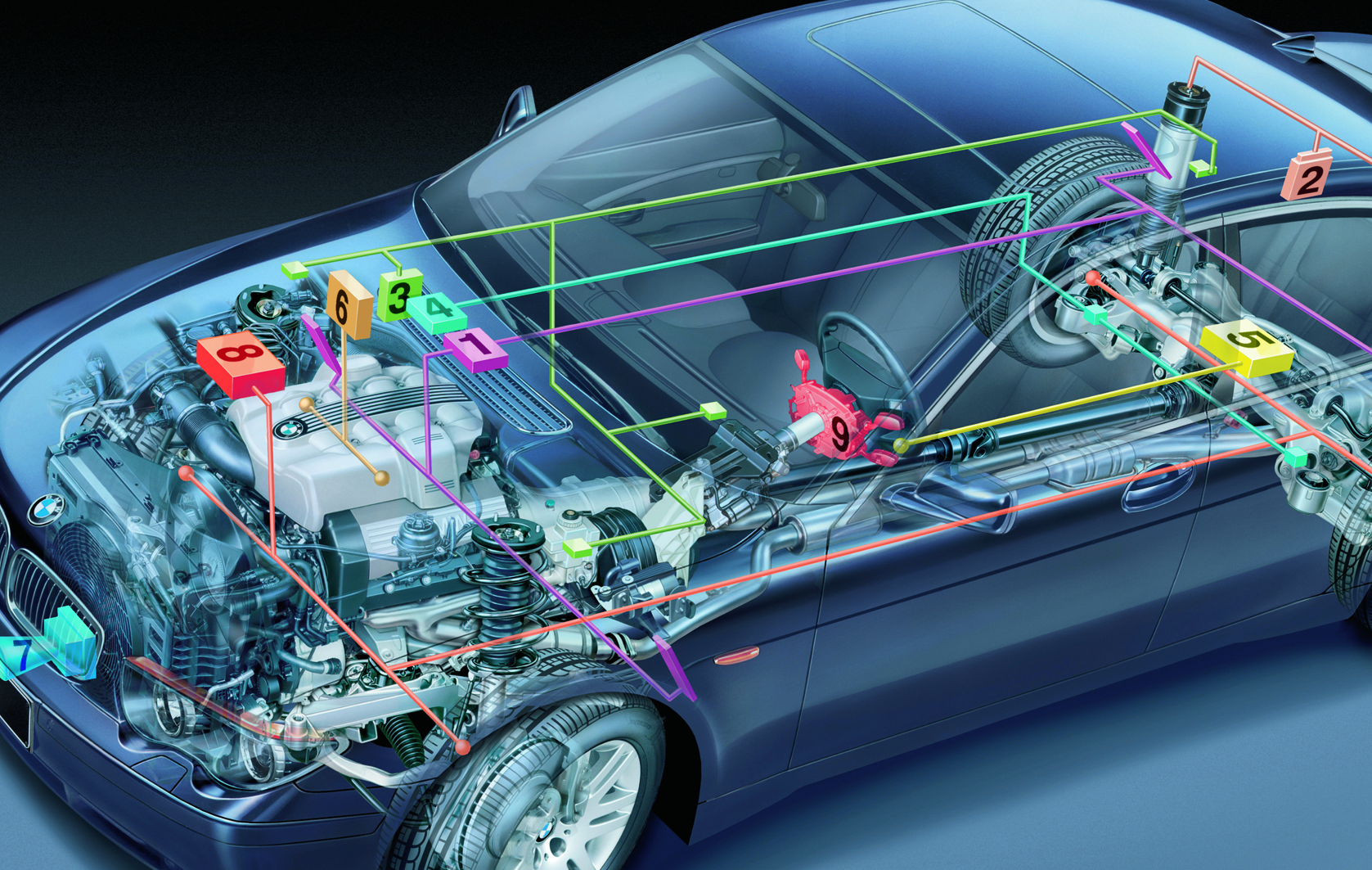
Earthquakes can be extremely destructive. The right kind of emergency preparedness kit is essential for survival. Having all the supplies in one place and ready to go can make all the difference during a major seismic event. This article covers the basics of what you need to have in an earthquake kits, including food, water, and other essential items.
Why You Need an Earthquake Kit
The first thing you need to do is understand why you need an earthquake kit. An earthquake can happen at any time without warning and can cause major damage to infrastructure and buildings. In a major earthquake, water mains can break, power lines can come down, and gas lines can rupture. This can lead to fires, which is why it’s so important to have a way to put out fires in your earthquake kit. Additionally, aftershocks can occur days or even weeks after the initial earthquake, so it’s important to have a way to stay safe and comfortable during this time.
Your earthquake kit should be easily accessible and compact so that you can grab it and go if you need to evacuate your home. It should also be durable enough to withstand being jostled around or dropped. Finally, it should contain everything you need to survive for at least 72 hours. This includes food, water, first-aid supplies, tools, and other essential items.
Food and Water Supplies
The most important thing you need in your earthquake survival kit is food and water. You should have enough food and water for at least three days, as that is usually how long it takes for help to arrive after a major seismic event. Non-perishable foods such as canned goods, energy bars, and trail mix are great choices that won’t spoil easily. Make sure you also include a manual can opener if necessary. When it comes to water, try to store between 1-2 gallons per person per day – this should be enough for drinking, cooking, and hygiene purposes.
First Aid Supplies
A first aid kit is essential when putting together an earthquake survival kit. Include basic items such as bandages, gauze pads, medical tape, antiseptic wipes or cream, scissors or tweezers etc., as well as any prescription medications or special items that your family might need. It’s also a good idea to include some extra over-the-counter medications like pain relievers or antihistamines just in case someone needs them in an emergency situation. Don’t forget to pack a flashlight and extra batteries too!
Putting together an earthquake survival kit may seem daunting at first but it doesn’t have to be complicated! By having all the necessary supplies on hand ahead of time – including food and water; first aid supplies; flashlights; tools; sanitation products clothing blankets medications etc.– you will be much better prepared if an earthquake strikes suddenly.
An earthquake can strike without warning, so it is always better to be prepared than sorry. By following these simple steps, you can easily build a portable and compact emergency earthquake kit that will last you and your family for at least three days.




